-
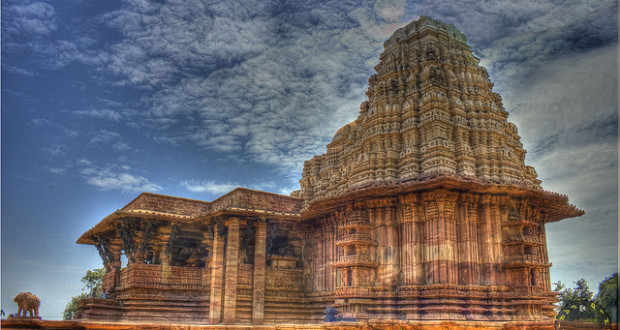 Ramalingeswara Temple, Warangal
Ramalingeswara Temple, Warangal
The Ramappa Temple, also known as Ramalingeswara temple is located in the Palampet village at a distance of about 77 km from Warangal. The temple is another example of Kakatiya Dynasty. This is one of the temples which was named after its chief architect. The temple is dedicated to Lord Shiva and the architecture of this temple is similar to the famous Ghanpur Group of Temples of Warangal itself. The temple is a master piece of Kakatiyan architecture and everyone must visit to get a glimpse in the life of Kakatiya people.
-
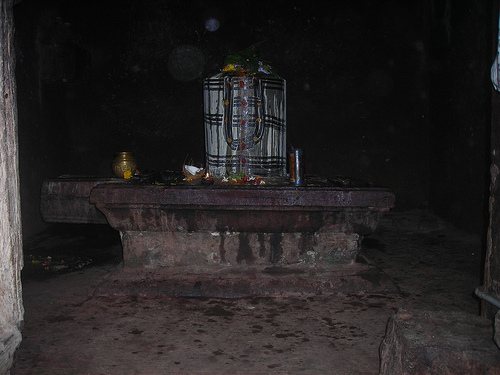 Srimukhalingeswara Temple, Sri Mukhalingam
Srimukhalingeswara Temple, Sri Mukhalingam
Srimukhalingeswara temple, dedicated to Lord Shiva, is a major pilgrimage center in the state. It is located in a village known by the same name, 45-odd kilometers to the north of Srikakulam, on the banks of the holy Vamsadhara River. The temple is known for artistic splendor and stands out as one of the finest examples of Kalinga architecture. Ornate sculptures adorn the Gopurams and walls of this shrine.
-
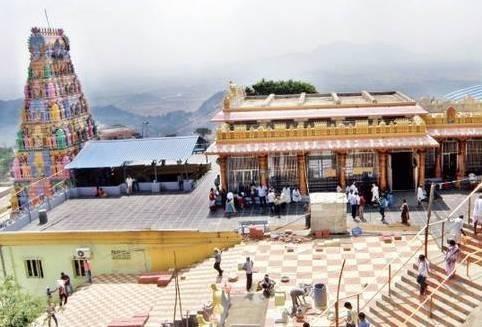 Trikooteswara Temple, Narsaraopet
Trikooteswara Temple, Narsaraopet
The temple can be dated to the period of the Chalukyas and is said to be built by an ardent devotee named Elchuri Veeresalingam. Over the course of time, the temple fell under the patronage of the Velama Zamindars of Narsaraopet. who used to worship the Lord with great devotion. They made significant contributions to the temple and the tradition continued until the Zamindari system was abolished after India gained independence.
-
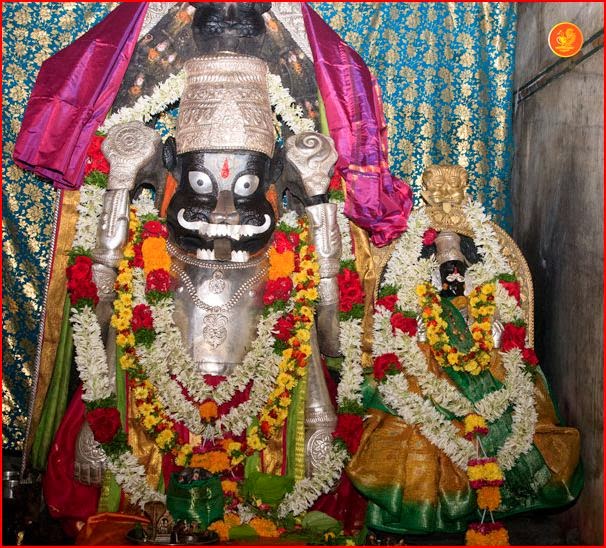 Sri Lakshmi Narasimha Swamy Devasthanam, Dharmapuri
Sri Lakshmi Narasimha Swamy Devasthanam, Dharmapuri
Sri Lakshmi Narsimha Swamy's kshetram in Dharmapuri is one among the nava Narsimha Kshetrams in Andhra Pradesh. Prior, this place was directed by the ruler Dharma Varma henceforth the place is known as Dharmapuri. According to the chronicled foundation of the place, however this refuge existed decidedly before 850-928 BC, it was beat by the Bahumani Sultans in the year 1422-1436 and again in the seventeenth century, the asylum was patched up. In this refuge, swamywaru is cut in Shaligram shila
-
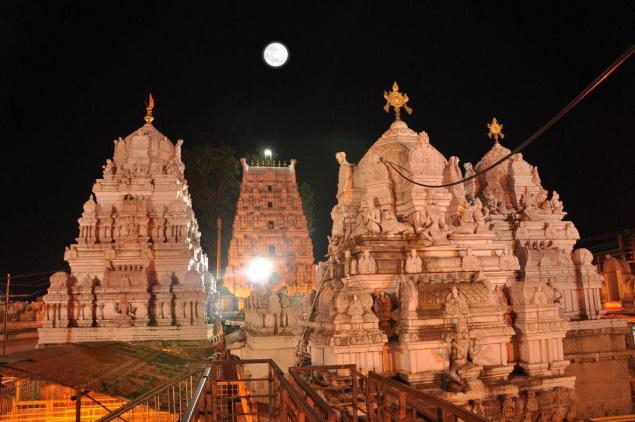 Sri Raja Rajeshwara Temple, Vemulavada
Sri Raja Rajeshwara Temple, Vemulavada
Sri Raja Rajeshwara Swamy Devasthanam ? Abode of Lord Eashwara ? at Vemulawada village of Karimangar District in Andhra Pradesh State is one of the ancient and famous Shivate temples
-
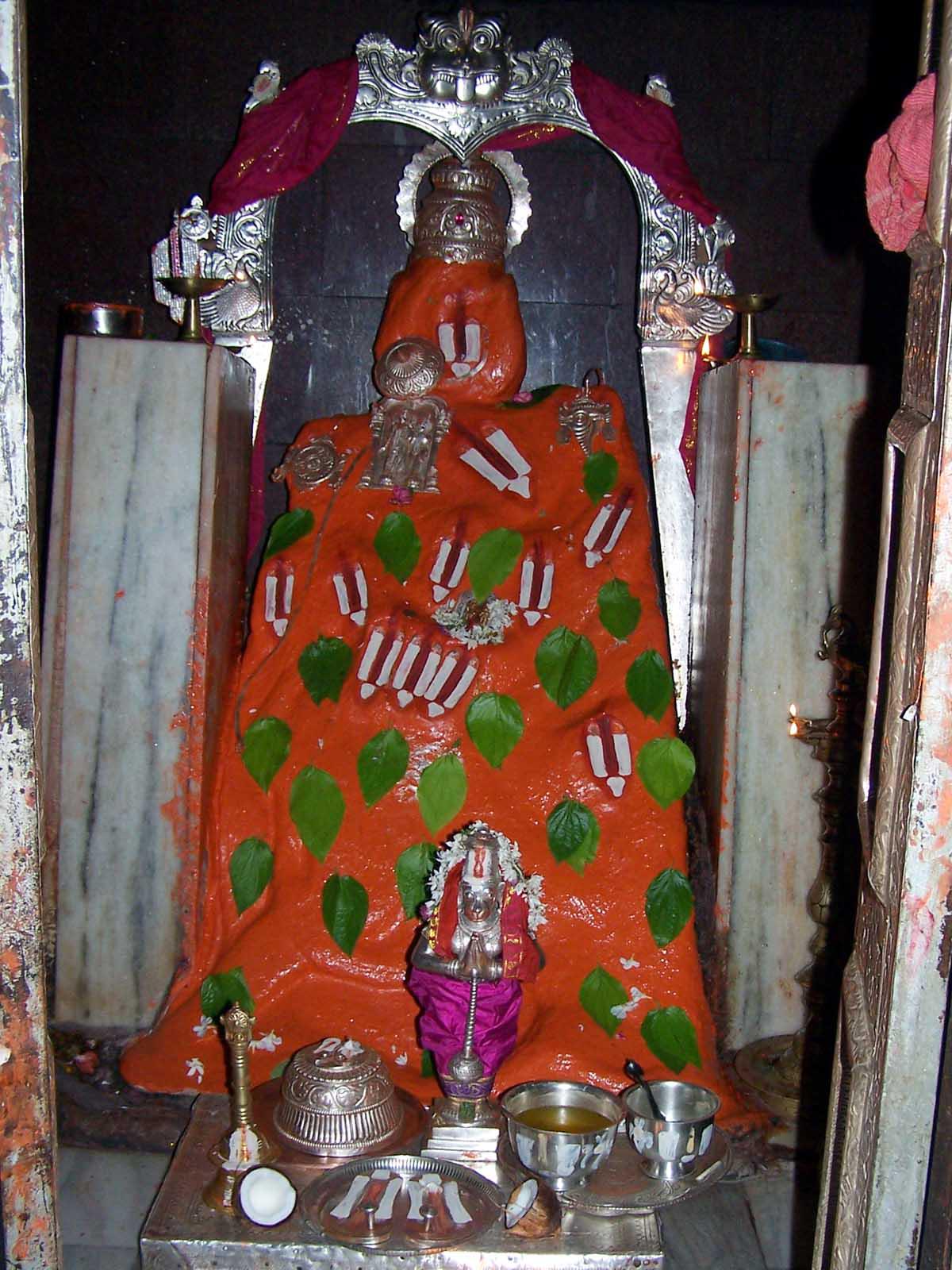 Sri Bhaktha Anjaneya Swamy Temple, Kondagattu
Sri Bhaktha Anjaneya Swamy Temple, Kondagattu
Sri Anjaneya Swamy vari Devasthanam his situated on hill calld Kondagattu Amidst of hills and forest aria at a distance 40 K.M. from Karimnagar and 16 K.M from Jagityal.The presiding deity, Sri anjaneya Swamy varu is said to be Swayambhoo as seen from the silasasana which is available on the external wall ao the main temple.It shows that parents of singam Balaiah i.e Singam Sanjeevudu and Ashamma from Kodimyal Village had Constructed a temple.
-
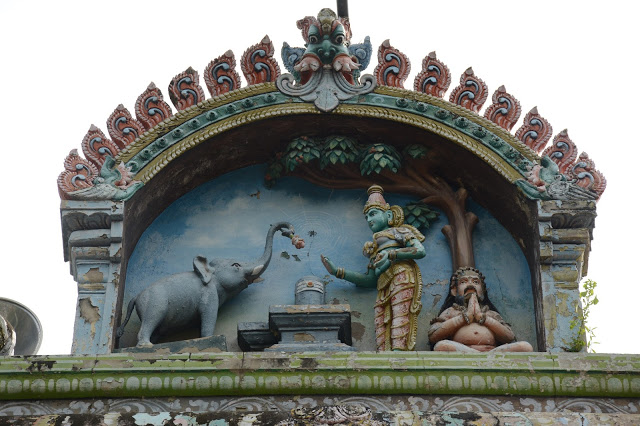 Arulmigu Jambukeswarar Akhilandeswari Temple, Thiruvanaikaval, Trichy, Tamilnadu
Arulmigu Jambukeswarar Akhilandeswari Temple, Thiruvanaikaval, Trichy, Tamilnadu
The temple is one of the Panchabhoota Sthalams (signifying the 5 natural elements) and the sanctum of Lord Jambukeshwara has an underground water stream. And one can see water (neer) coming out of that stream, Hence this temple is also reverred as 'Appu Sthalam' and the ShivaLingam here is called as 'Appu Linga'. The Presiding Deity is Devi Akilandeswari Amman. Akhilandeshwari means 'Ruler of the Universe' (Akilam Universe, Aanda Ruler, Eswari Goddess).
-
 Pancha Bhoota Stalas
Pancha Bhoota Stalas
Pancha Bhoota Stalam or Pancha Bhoota Stala refers to the five Shiva temples, dedicated to Shiva, the most powerful Hindu god among the thirimurthis and also the most mercyful among them, each representing the manifestation of the five prime elements of nature- land, water, air, sky, fire.
-
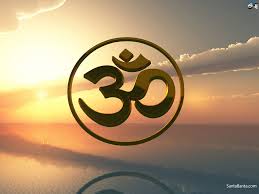 Hindu Symbols
Hindu Symbols
Trishul,Bindi,Kalash,Yantra,The saffron-colored flag, Rudraksha Bead,Lotus,Shankha (Conch Shell),Dharmachakra,Lamp,Banyan Tree,Nandi,Shri,Ganesha,Kamandalu, Cow,Sudarshan As Hinduism is the oldest religion on the earth, it has more numbers of symbols than other religions. Each Hindu symbol has a different meaning and is used on different occasions. Hinduism symbols are also used as body tattoos in the Western countries as well as in India.
-
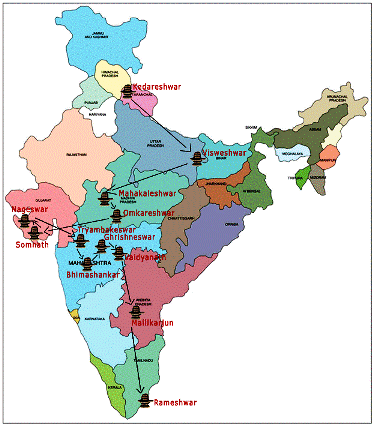 Jyotirlinga Shrines
Jyotirlinga Shrines
Worship of shivalinga is considered the prime worship for the devotees of Lord shiva. Worship of all other forms is considered secondary. The significance of the shivalinga is that It is the resplendent light (flame) form of the Supreme - solidified to make the worship of It easier. It represents the real nature of God - formless essentially and taking various forms as It wills.